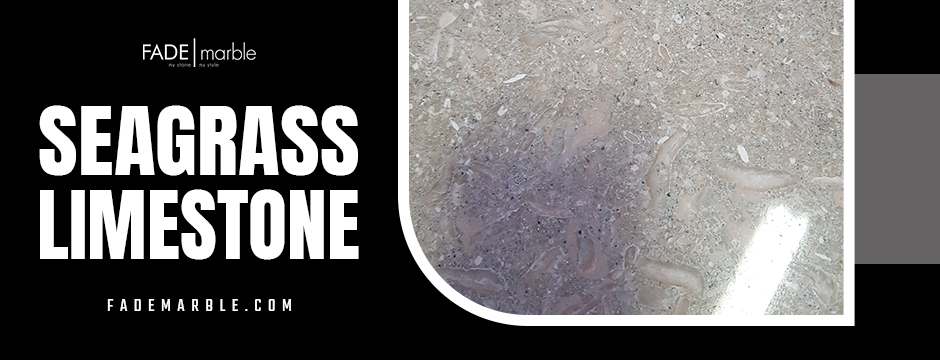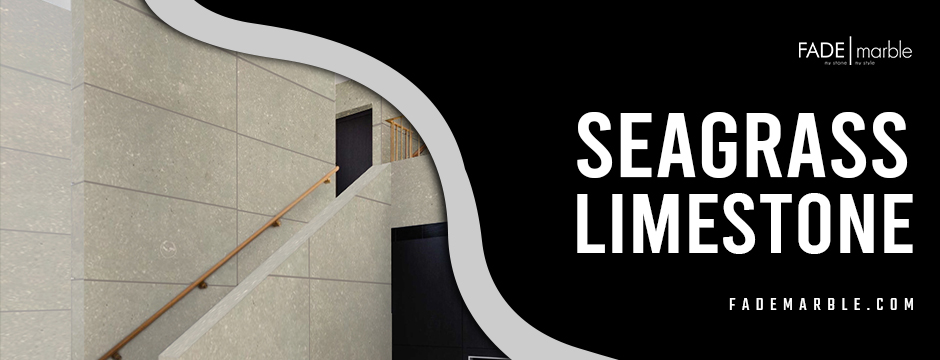Historical restoration projects are more than just construction endeavors; they are journeys back in time, endeavors to preserve the past and celebrate the architectural marvels of bygone eras. In these meticulous endeavors, selecting the right materials is paramount to maintaining historical authenticity. Seagrass Limestone, with its timeless elegance and historical significance, has emerged as a remarkable choice for such projects.
The Allure of Historical Restoration
Historical restoration is an art form that seeks to revive the essence and aesthetics of structures that have witnessed centuries of history. Whether it is restoring a majestic castle, a charming Victorian-era home, or a historic church, the goal remains the same—to honor the past while ensuring the longevity of these architectural treasures.
The challenges in historical restoration are as diverse as the projects themselves. Architectural details, materials, and techniques from eras long past must be meticulously researched and recreated. In this delicate process, the choice of building materials plays a pivotal role.

Seagrass Limestone: A Glimpse into the Past
It is known for its distinctive appearance, and has been a favored building material for centuries. Its unique blend of history, durability, and timeless aesthetics makes it a natural choice for historical restoration projects.
1. Historical Significance
This limestone is steeped in history. It has graced the façades of ancient monuments, medieval castles, and Renaissance-era palaces. Choosing Seagrass Limestone for restoration is like honoring the traditions of master builders who understood the value of this remarkable stone.
2. Aesthetic Authenticity
One of the primary objectives in historical restoration is to recapture the architectural essence of a bygone era. This limestone, with its soft green and brown hues, subtle veining, and timeless elegance, effortlessly transports us to a different time. Its aesthetic authenticity is unmatched, making it an ideal choice for recreating historical charm.
3. Durability and Longevity
Historical buildings are not just relics; they are functional spaces that need to withstand the test of time. The limestone, renowned for its durability, ensures that your restoration efforts are not just about the present but about preserving these structures for generations to come.
Seagrass Limestone in Historical Restoration: A Closer Look
Let’s explore some key aspects of using Seagrass Limestone in historical restoration projects:
1. Exterior Façades
The exterior façade is often the most critical aspect of historical restoration. It is what captures the essence of the structure and greets visitors. This limestone, with its elegant and timeless appearance, is a perfect choice for restoring façades. Whether it is intricate carvings, ornate columns, or simple stonework, this limestone variety complements the architectural styles of various historical periods.
2. Flooring and Pavements
The durability and longevity of Seagrass Limestone make it an excellent choice for restoring interior and exterior flooring. In historical homes and buildings, where foot traffic can be substantial, this limestone stands strong, retaining its beauty and functionality.
3. Fireplaces and Hearthstones
Fireplaces are often the focal points of historical interiors. These limestone fireplaces, with their classic elegance, add warmth and charm to any room. The stone’s resistance to heat makes it an ideal choice for hearthstones, ensuring both safety and aesthetic appeal.
4. Interior Walls and Cladding
The limestone’s versatility extends to interior walls and cladding. Whether you are restoring a grand ballroom or a quaint chapel, the subtle veining and soft color palette of this limestone create an inviting ambiance, evoking the splendor of yesteryears.
5. Decorative Elements
Historical restoration projects are often characterized by intricate decorative elements that require precision and attention to detail. This limestone’s workability allows craftsmen to create delicate carvings, ornamental moldings, and other embellishments that add to the historical authenticity of the space.

The Restoration Process with Seagrass Limestone
The journey of historical restoration with this limestone involves several key steps:
1. Research and Documentation
Thorough research is the foundation of any historical restoration project. This includes studying historical records, photographs, and architectural plans to understand the original design and materials used. Seagrass Limestone’s historical significance makes it an excellent candidate for such research.
2. Material Sourcing
Locating high-quality Seagrass Limestone is crucial. Reputable suppliers who specialize in historical restoration materials can provide slabs that closely match the original stone used in the building.
3. Preservation and Repair
In many cases, historical structures require preservation and repair rather than complete replacement. This limestone’s durability and compatibility with historical techniques make it suitable for these tasks.
4. Craftsmanship and Artistry
Restoration projects often require skilled artisans who can work with precision and artistry. This limestone, with its workability, allows for intricate detailing and customization to match the original design.
5. Quality Assurance
Maintaining strict quality standards throughout the restoration process is essential to ensure the longevity and authenticity of the project. This marble’s natural beauty and durability align with these requirements.
Case Studies in Seagrass Limestone Restoration
To illustrate the effectiveness of the stone in historical restoration, let’s explore two notable case studies:
1. Historic Library Restoration
A centuries-old library, renowned for its architectural significance, was in need of restoration. The library’s façade, adorned with ornate stone columns and intricate carvings, had weathered over time. Skilled artisans were enlisted to restore the façade, meticulously replicating the original design using Seagrass Limestone. The result was a revitalized library that retained its historical charm.
2. Castle Courtyard Reconstruction
A medieval castle courtyard had suffered significant wear and tear over the centuries. The castle’s owners embarked on a restoration project to bring back the courtyard’s former glory. The limestone, with its durability and aesthetic appeal, was chosen for the cobblestone pathways and cladding. The courtyard now stands as a testament to the enduring beauty of this limestone and the dedication to historical preservation.
Final thoughts
Historical restoration projects are a celebration of our architectural heritage, a testament to craftsmanship, and a commitment to preserving the past for future generations. Seagrass Limestone, with its historical significance, aesthetic authenticity, and durability, has rightfully earned its place as a preferred choice in these endeavors.
When you choose the limestone for historical restoration, you not only honor the architectural traditions of the past but also ensure that these magnificent structures continue to tell their stories for years to come. It is a timeless choice that echoes the grandeur of history itself—a choice that breathes life back into the treasures of yesteryears. If you want to add a rustic elegance to your project, then you can order Seagrass Limestone from Fade Marble.

